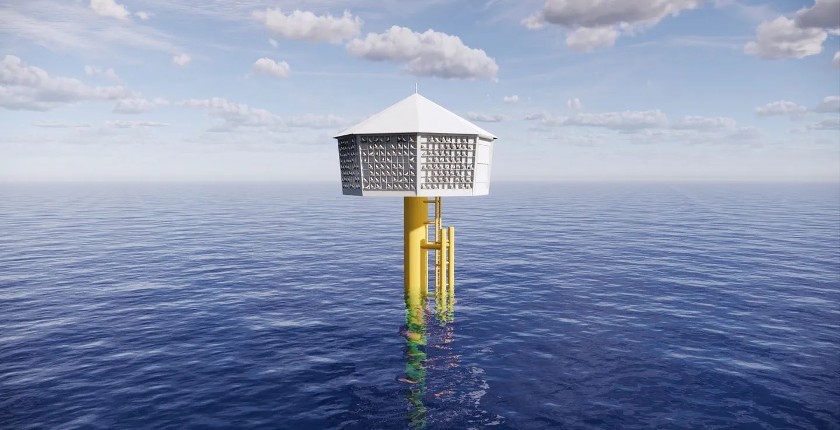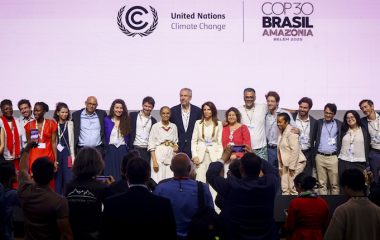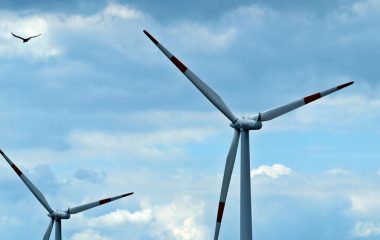
Photo: Ørsted
The Hornsea 3 offshore wind farm project in the North Sea includes environmental compensation measures for the black-legged kittiwake. The construction of nesting structures for the endangered bird species is a condition for proceeding with the endeavor.
Energy giant Ørsted is preparing to build its Hornsea 3 wind farm offshore East Anglia, with a capacity of 2.85 GW. When finished, it is set to be the largest wind power plant in the world. But the company also must provide adequate conditions for the nesting of the black-legged kittiwake (Rissa tridactyla), a seabird species in the gull family that was placed on the endangered list.
The so-called environmental compensation measure should reduce the wind farm’s impact on the kittiwake population. It involves providing artificial kittiwake nesting structures along the east coast of England.
The Hornsea 3 wind farm will be located approximately 121 kilometers off the coast of Norfolk and 100 kilometers from Yorkshire, on the North Sea. The two offshore wind farms nearby, Hornsea 1 and 2, have a combined capacity of 2.5 GW.
The company expects to put Hornsea 3 into operation in 2027 and that it would provide enough electricity to power 3.2 million homes in the United Kingdom.
Artificial nests before wind turbines
Ørsted pointed out that effective environmental compensation measures are essential for offshore wind project implementation. The company said it conducted a thorough search for suitable sites for the kittiwake artificial nesting structures.
Effective environmental compensation measures are essential for the implementation of offshore wind projects
It is the first venture of its kind, and the company has prepared an innovative design for the artificial nests. It was developed by a team of ornithologists, architects, and engineers to ensure they are attractive to kittiwake and fit into the landscape, Ørsted said.
Each structure will have about 500 nesting units. The first three should be completed by the end of March, when the nesting season begins.
The structures have narrow ledges and vertical sides to mimic the cliffs on which these birds would naturally nest. They will be placed at one to 1.5 kilometers from the coast.
The nesting points will have eight sides, so the birds have different options in case some side is too sunny or too windy.
The selected locations have been agreed upon with the Royal Society for the Protection of Birds (RSPB), among other consultees.
Aim is to prevent population decline
Ørsted’s seabird experts have been monitoring the colonies of the species for the past two years in North East England.
The population has been shrinking since 2000, endangering the kittiwake to the point of being at risk of extinction. The species is on the UK Red List for Birds of Conservation Concern.
Food shortages and climate change are the most likely factors, the company explained in the material on the kittiwake compensation.

The seabird does not go to cities. It feeds exclusively on sea fish and small crustaceans, spends the winter at sea, and nests from March to August.
Compensation measures for offshore wind
There is a number of kittiwake nests on several gas platforms in the North Sea. As an environmental compensation measure for a new giant project by Ørsted – Hornsea 4, a few of them could be repurposed to become bird nesting grounds.
The company is considering the Wenlock gas platform, located about 100 kilometers from the coast and on which there is already a kittiwake colony with around 70 nests.
As part of plans to build the Vanguard and Boreas wind farms, Swedish company Vattenfall also intends to make artificial cliffs for kittiwake nesting in Great Yarmouth on the coast in eastern England.


















Be the first one to comment on this article.